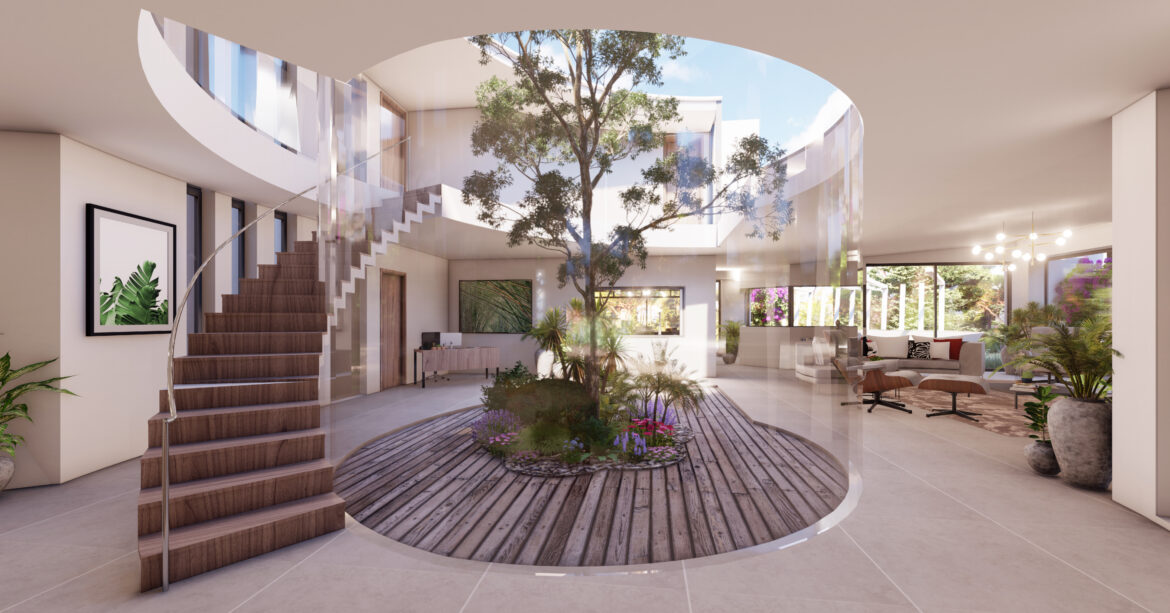With summer approaching in the picturesque Algarve, it’s vital to explore sustainable methods for cooling our homes.
In our quest for natural and eco-friendly solutions, we uncover eight remarkable techniques our ancestors employed in their architectural designs. Across different regions and climates, they ingeniously crafted ways to beat the heat and create comfortable living spaces without the aid of modern air conditioning.
Below, we present the techniques we admire the most and have already implemented in our own projects.
Windcatchers with Pools of Water (Middle East): In the arid expanse of the Middle East, where temperatures can reach extreme highs, our forebears utilized windcatchers. These architectural wonders captured breezes and channeled them into homes, while water pools within the structures cooled the air through evaporation. This ingenious synergy offered natural air conditioning, providing relief from the scorching heat.

Deep Porches (Australia): Across the vast Australian landscape, deep verandas or porches were commonplace in traditional homes. These extended roofed platforms created shaded outdoor spaces, shielding interiors from direct sunlight and facilitating natural ventilation. Residents could unwind outdoors while enjoying cooler temperatures, thanks to this simple yet effective design.
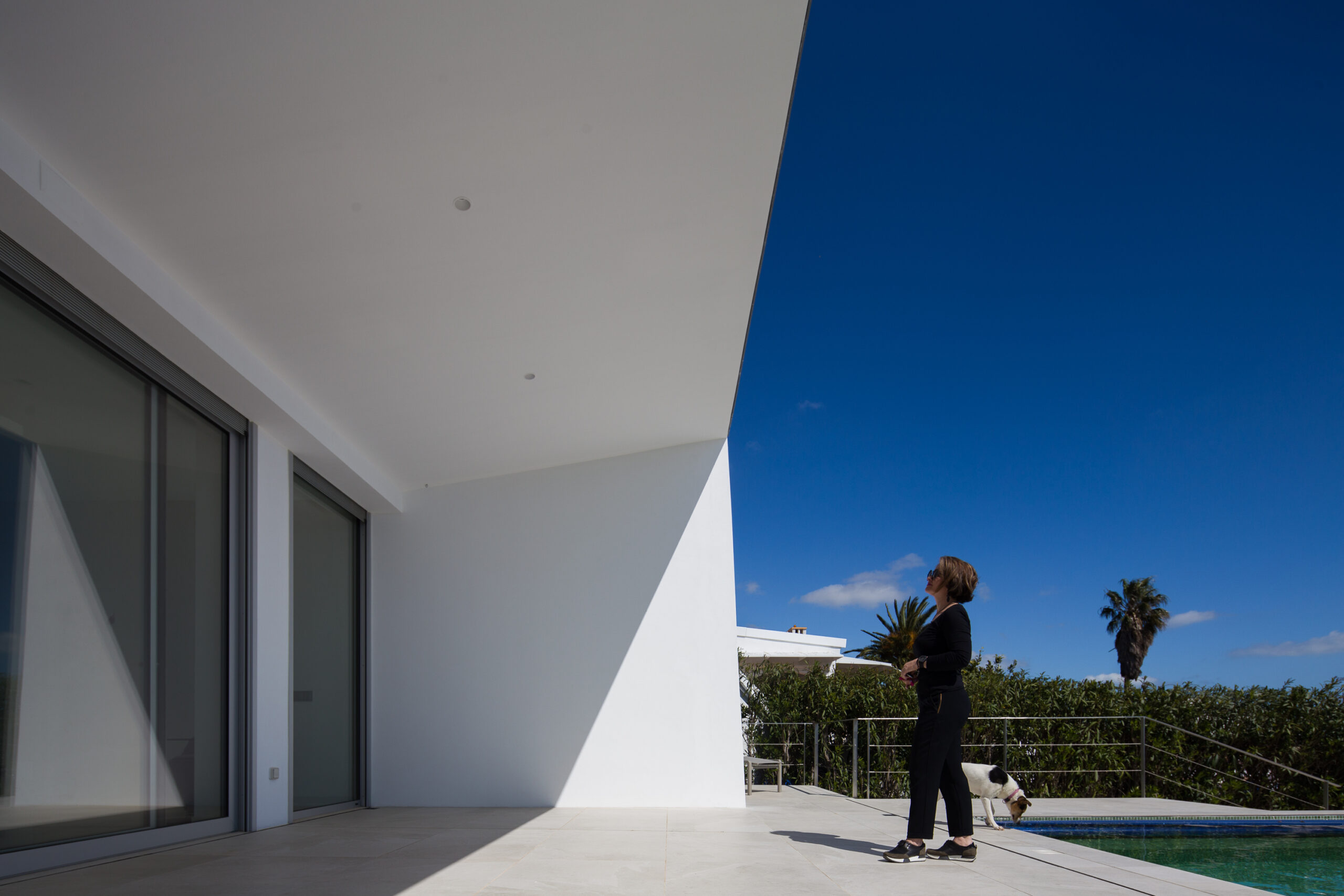
Stepwells (India): In ancient India, stepwells served not only as water sources but also as sanctuaries of coolness during hot summers. These intricate structures featured descending steps leading to water reservoirs underground. The deeper one ventured, the cooler the air became, offering a rejuvenating escape from the oppressive heat above ground.
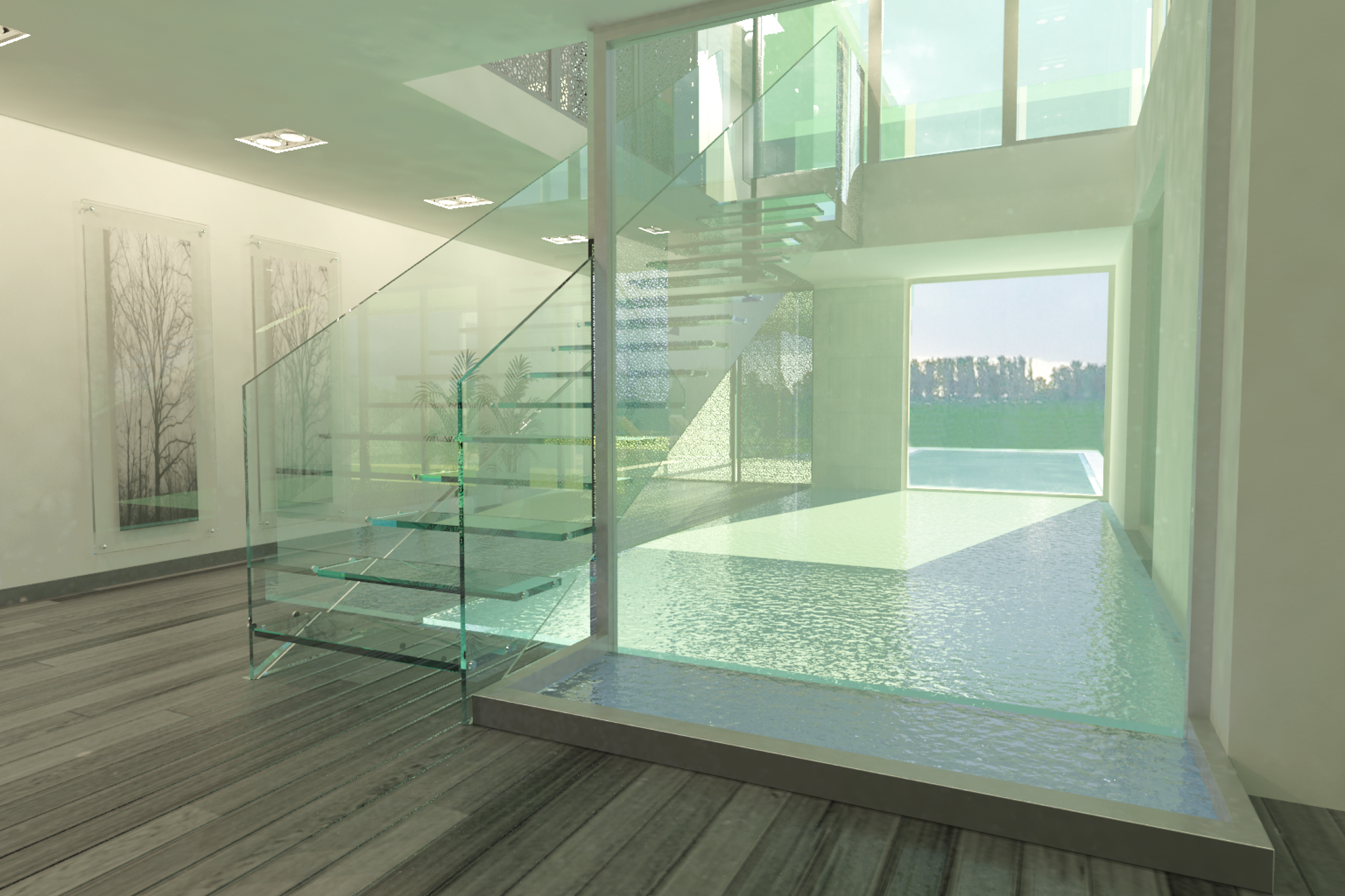
Deep Windows (Spain): In sun-drenched Spain, deep-set windows were a common architectural feature. Strategically designed to provide indoor shade while promoting airflow, these windows minimized direct sunlight penetration, thus maintaining cooler indoor temperatures. They offered respite from the intense summer heat, ensuring comfort even in the height of the season.
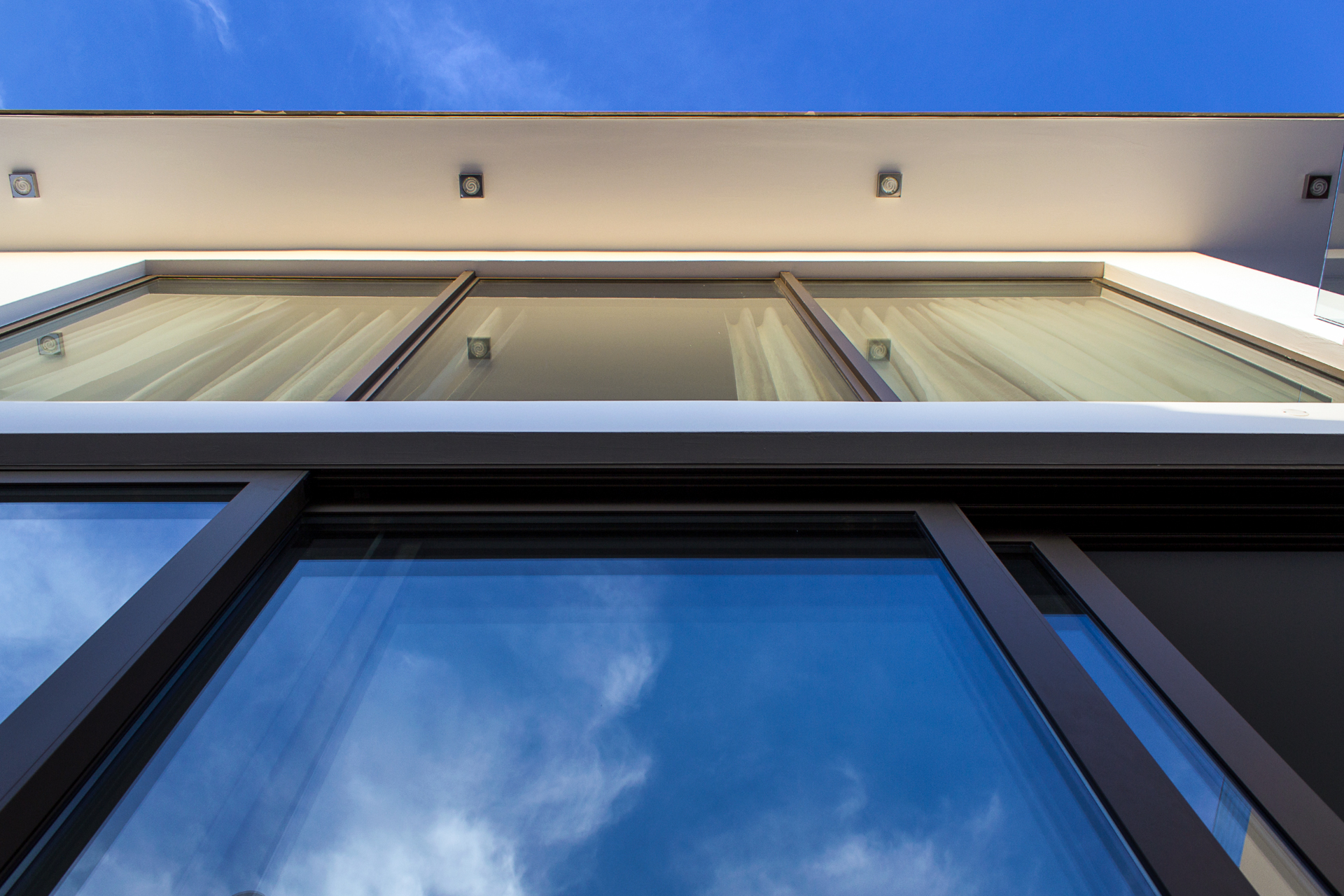
Double Skin Walls (Middle East): Another innovation from the Middle East, double skin walls provided effective insulation against extreme temperatures. Comprising two layers with a cavity in between, these walls regulated indoor temperatures by trapping cooler air during the day and releasing it gradually at night. This passive cooling method was both efficient and sustainable.
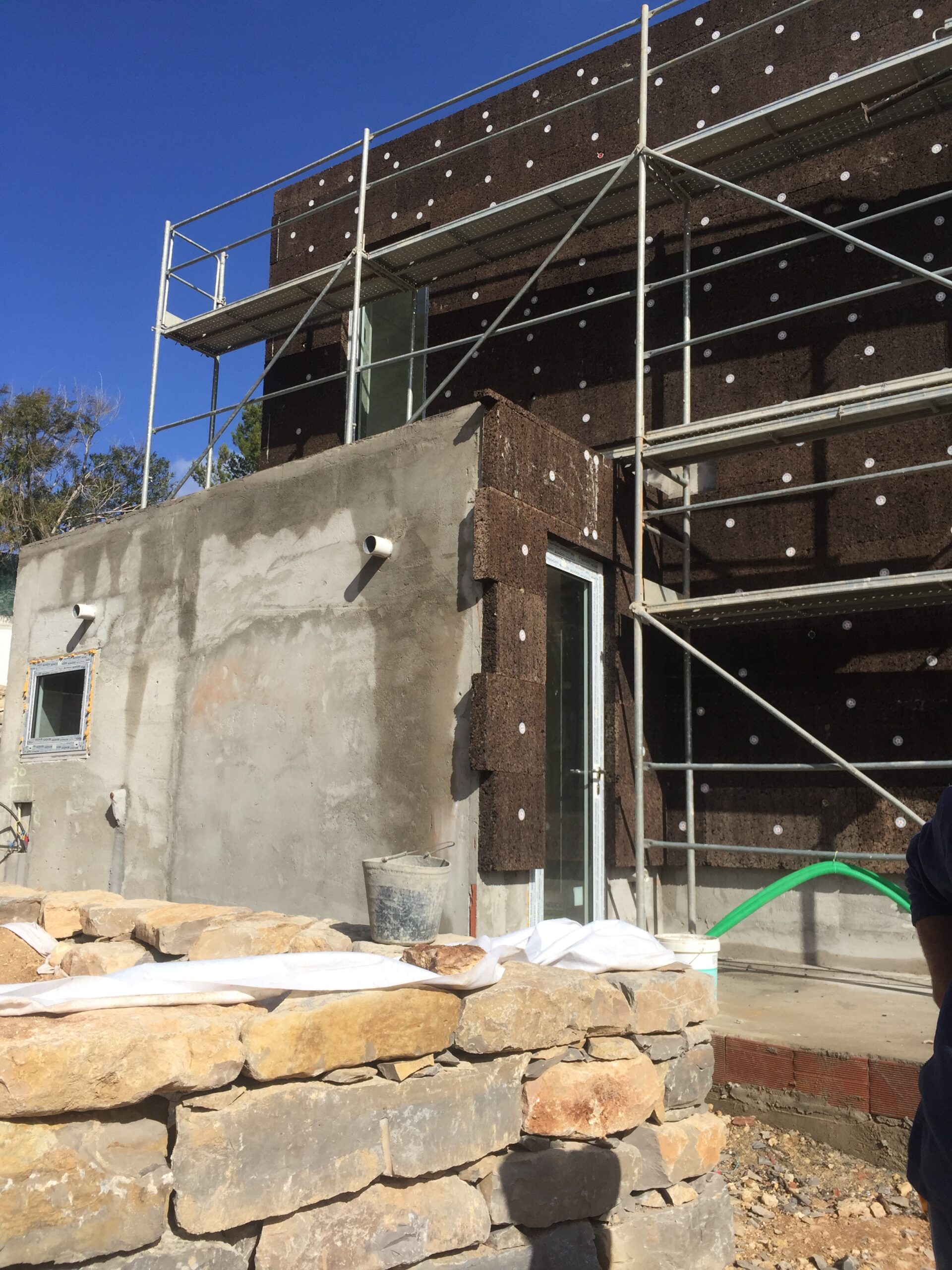
White Painted Buildings (Greece): In sun-soaked Greece, white painted buildings were a familiar sight. The reflective nature of white paint helped deflect sunlight, reducing heat absorption and maintaining cooler interiors. This time-honored practice remains relevant today, showcasing the enduring wisdom of our ancestors in combating heat.
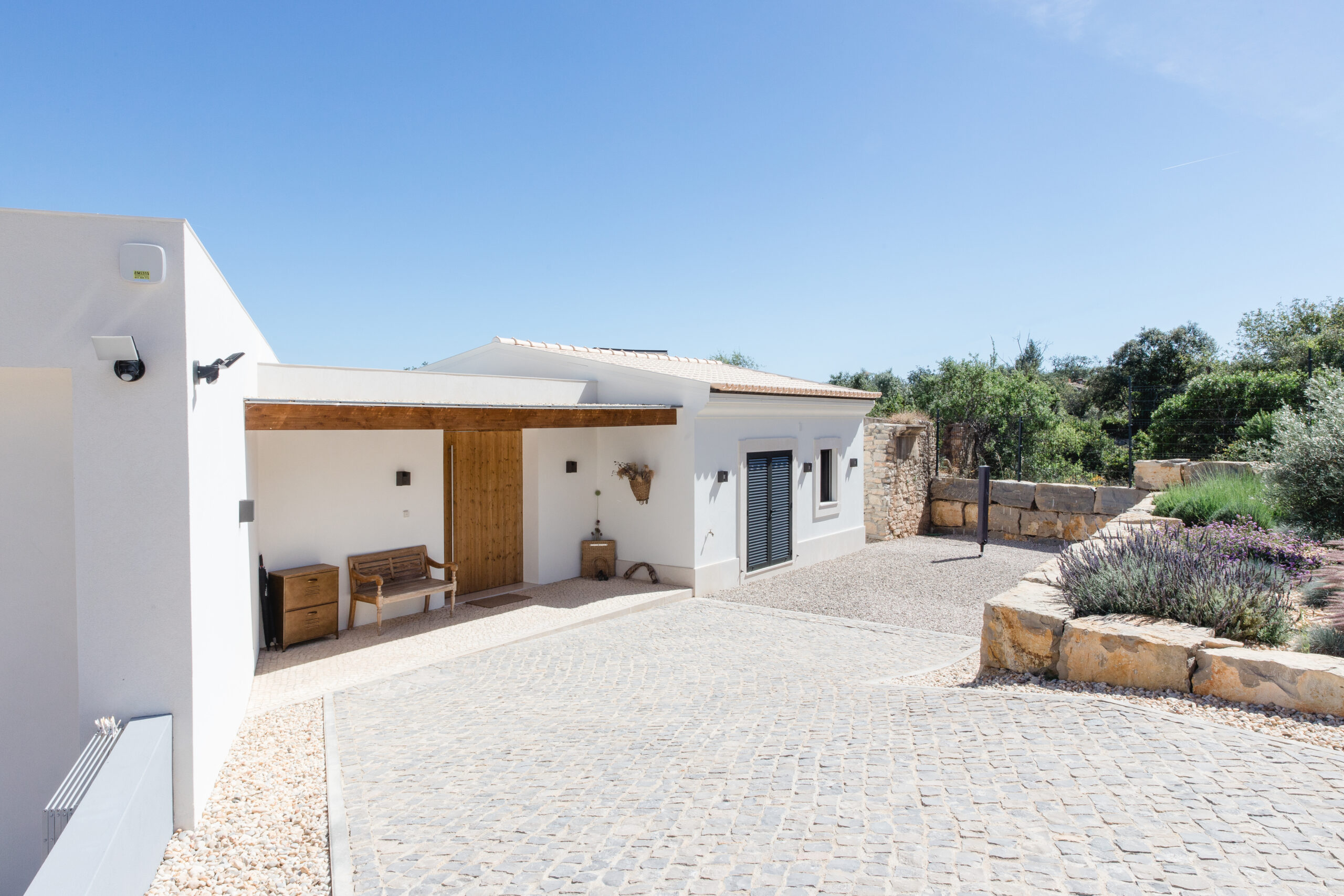
Central Courtyards (Middle East): Central courtyards, characteristic of traditional Middle Eastern architecture, played a pivotal role in cooling homes. Surrounded by shaded arcades and embellished with fountains or pools, these open-air spaces facilitated natural ventilation and evaporative cooling. Residents sought refuge in the courtyard, escaping the heat while relishing the tranquil ambiance.
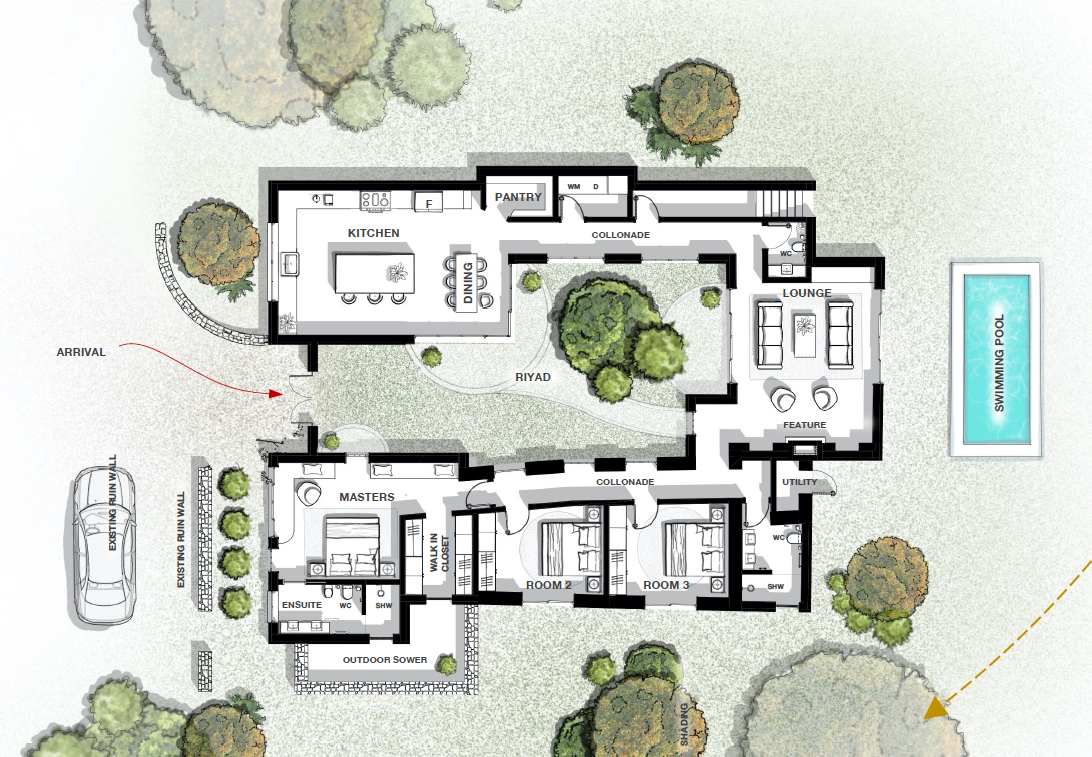
As we marvel at modern technological advancements, let’s not overlook the timeless wisdom of our ancestors.
From windcatchers to central courtyards, their innovative cooling methods stand as a testament to human ingenuity and adaptability.
These ancient techniques serve us at CORE Architects as great inspiration for our design concepts, by implementing, we can reduce reliance on artificial cooling systems and cultivate a deeper appreciation for sustainable living in harmony with nature.


